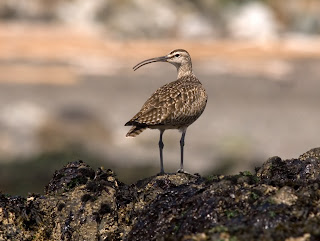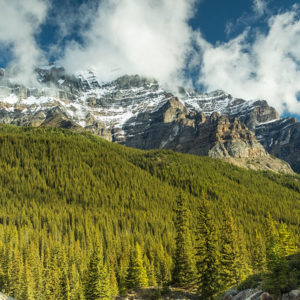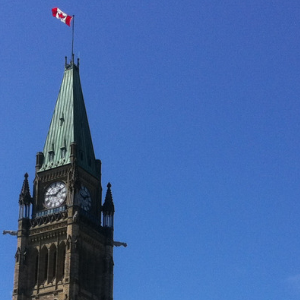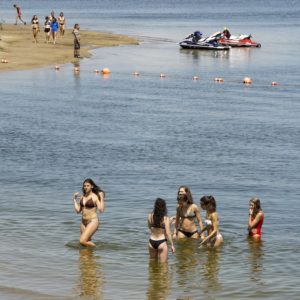We Can’t Leave Canada’s Parks and Wildlife Areas Unprotected
Canada’s national parks, national wildlife areas and migratory bird sanctuaries may be more vulnerable than ever before to development inside their borders.
Under the new Canadian Environmental Assessment Act 2012, many developments in federal protected areas would no longer require environmental assessments or be subject to public scrutiny.
Developments like:
- Building a ski resort
- Building a golf course
- Constructing bridges and roads other than public highways
- Conducting military field exercises
- Offshore drilling
- Underwater seismic testing
Golf courses and ski lodges should not be given a green light inside Canada’s national parks without an automatic environmental assessment.
Nearly 3,000 environmental reviews have already been tossed out since the law was put in place last month. It appears that not even our federally protected areas will escape the government’s so-called streamlining.
Our federal protected areas deserve the highest level of protection by law, and there needs to be careful, legally binding scrutiny of developments inside our most precious and vulnerable protected spaces.
That’s what we argued in recommendations we submitted today to the Canadian Environmental Assessment Agency, proposing amendments to regulations in the new Act passed by Parliament this spring.
These new regulations would allow a number of so-called “physical activities” inside national parks and other federal protected areas to proceed without triggering an independent environmental review.
Under the new law, only activities designated as “projects” would require an environmental assessment to ensure that the activity does not cause lasting environmental damage. The list of activities considered “projects” has been reduced under the new legislation.
When it comes to whether an activity triggers a review, the new law does not currently treat federal protected areas, such as national parks or national wildlife areas, any differently than other federal lands, like military bases, or even downtown federal office buildings.
It should not be harder to build a golf course at an office park in downtown Ottawa without a formal review than it would be at Point Pelee National Park.
And just think: with this new law, developments like expanding gas drilling in Alberta’s Suffield National Wildlife Area or NWT’s Kendall Island Migratory Bird Sanctuary could move ahead – all without environmental assessments or public input.
Fewer than 10 percent of Canada’s lands and seas are legally protected through designations like parks and reserves. About one third of all protected areas fall on lands held by the federal government. As a result, one third of Canada’s exceptionally important protected areas are put at risk by changes in federal environmental assessment rules announced in CEAA 2012.
We’re asking Canadians to tell Canada’s government that national wildlife areas and other federally protected spaces are no place for ski resorts, mines or oil drilling operations. You can send a letter supporting our recommendations to the Environment Minister, Peter Kent.
In a report we published earlier this year, The Underlying Threat, we highlighted the types of developments that currently threaten some of our federal protected areas, most of which provide crucial habitat for Canada’s species at risk. The list is long, the pressures mounting. Addressing these threats requires stronger environmental regulations, not weaker ones that open up our protected spaces for irresponsible resource development.




